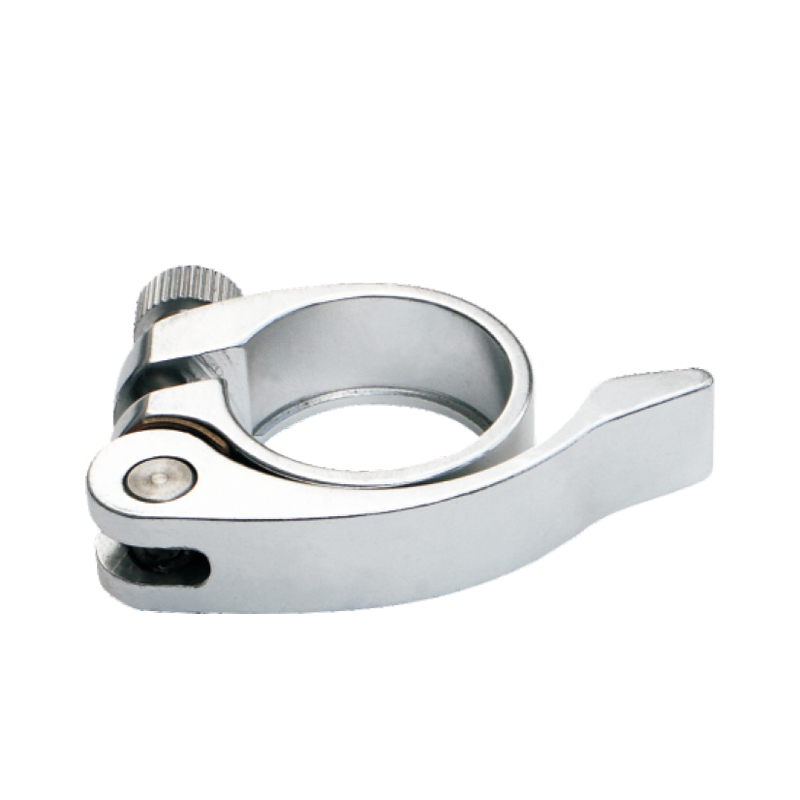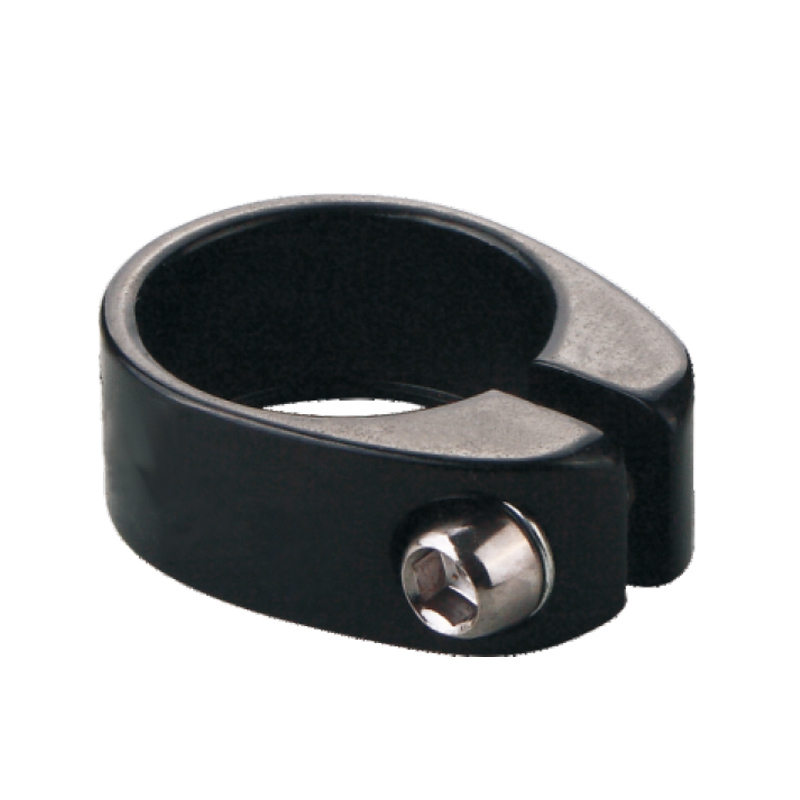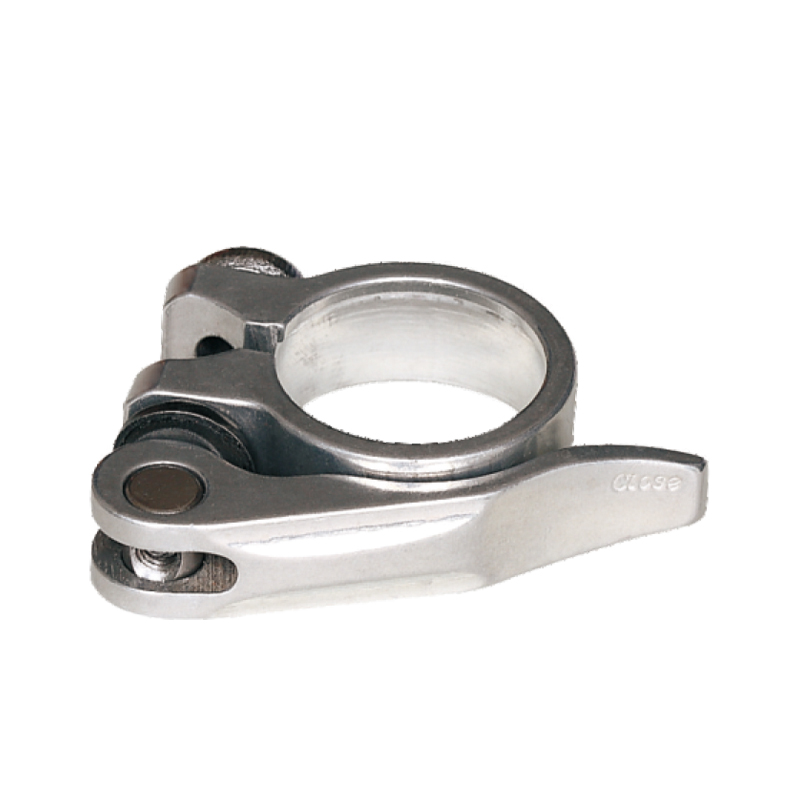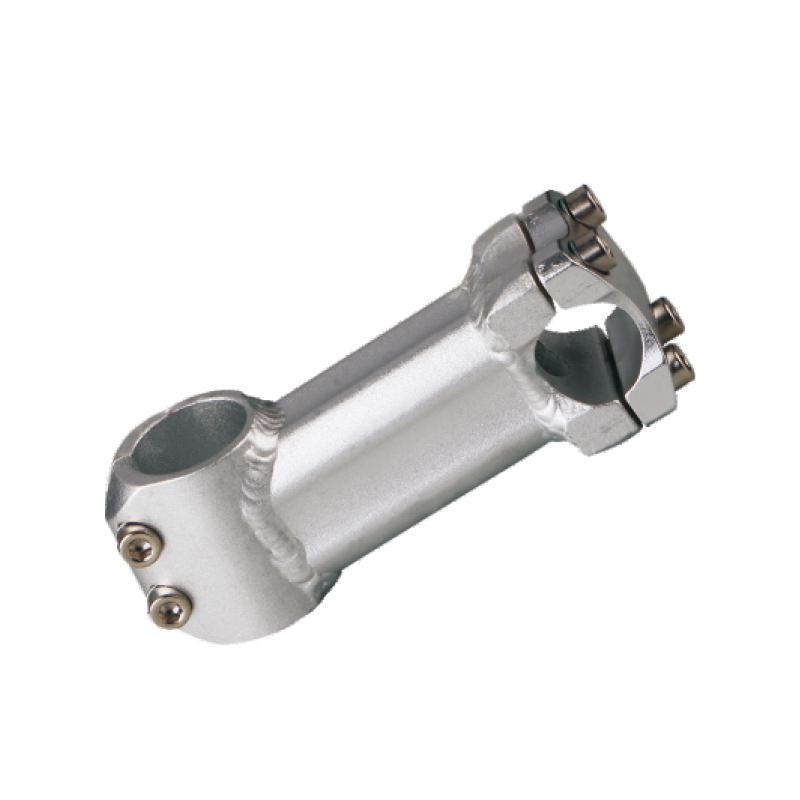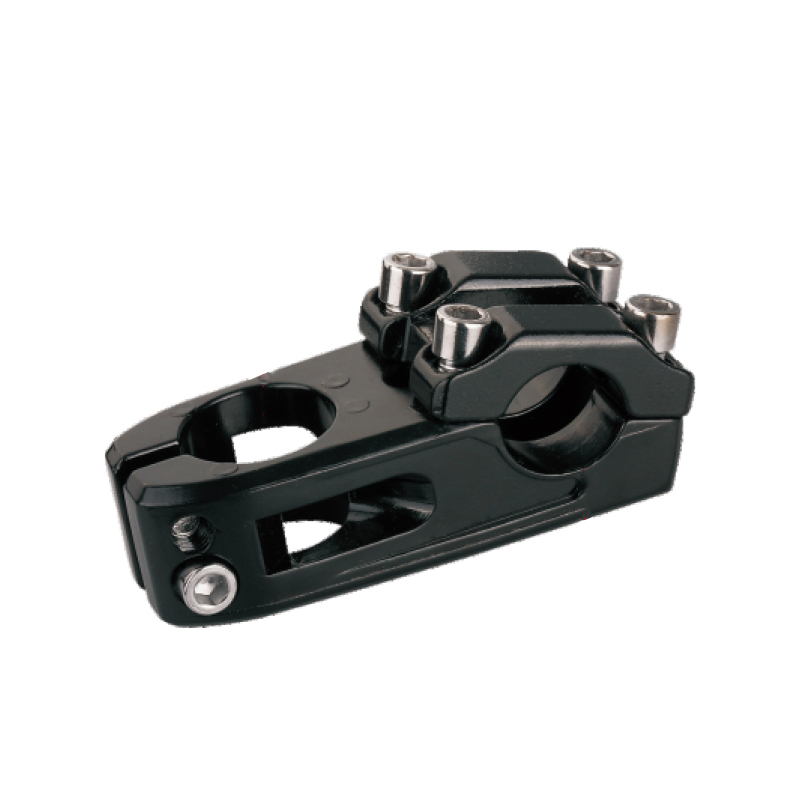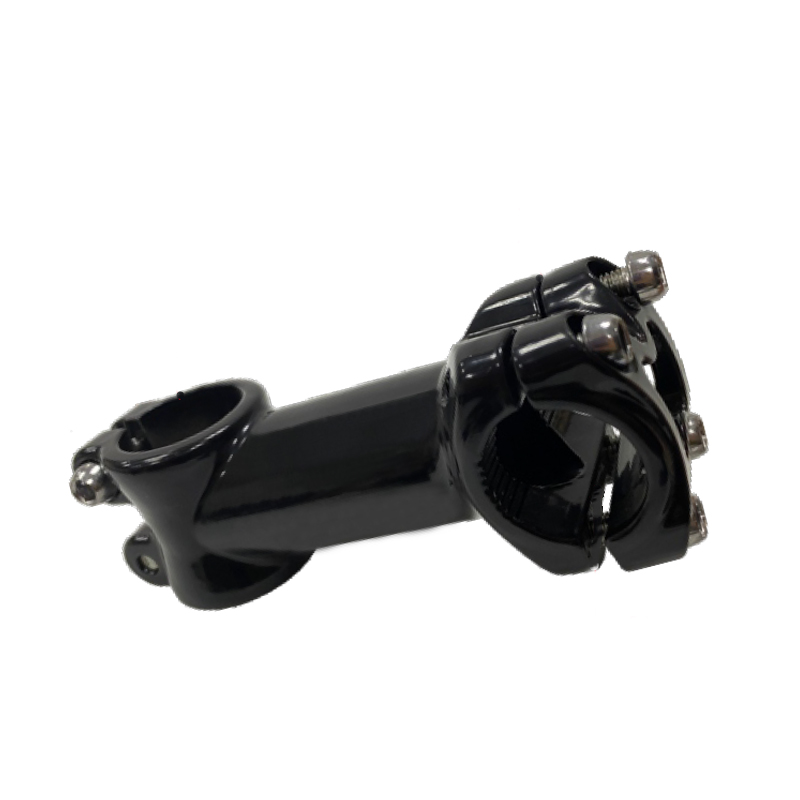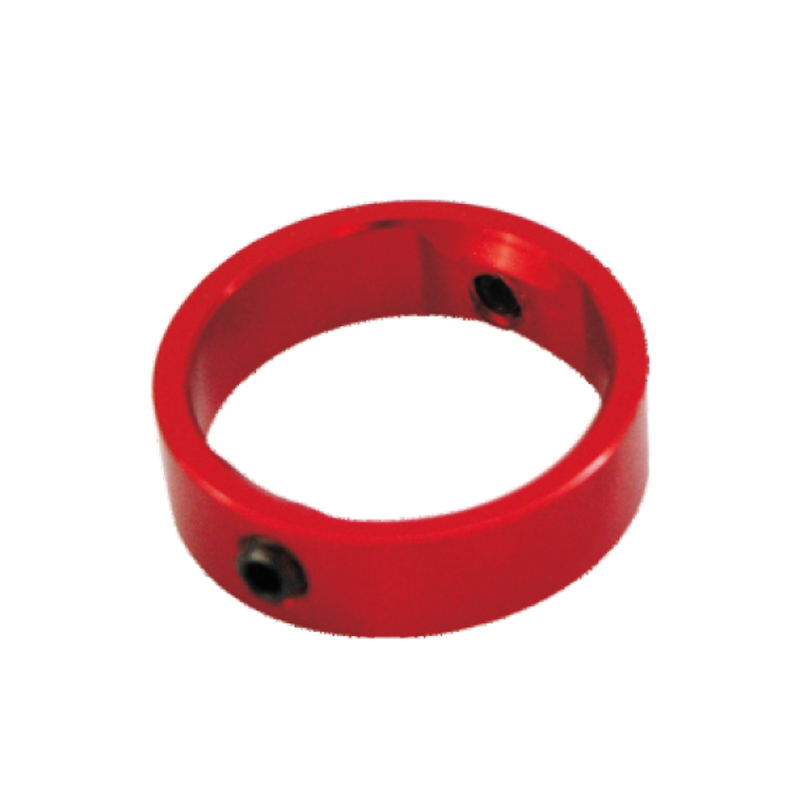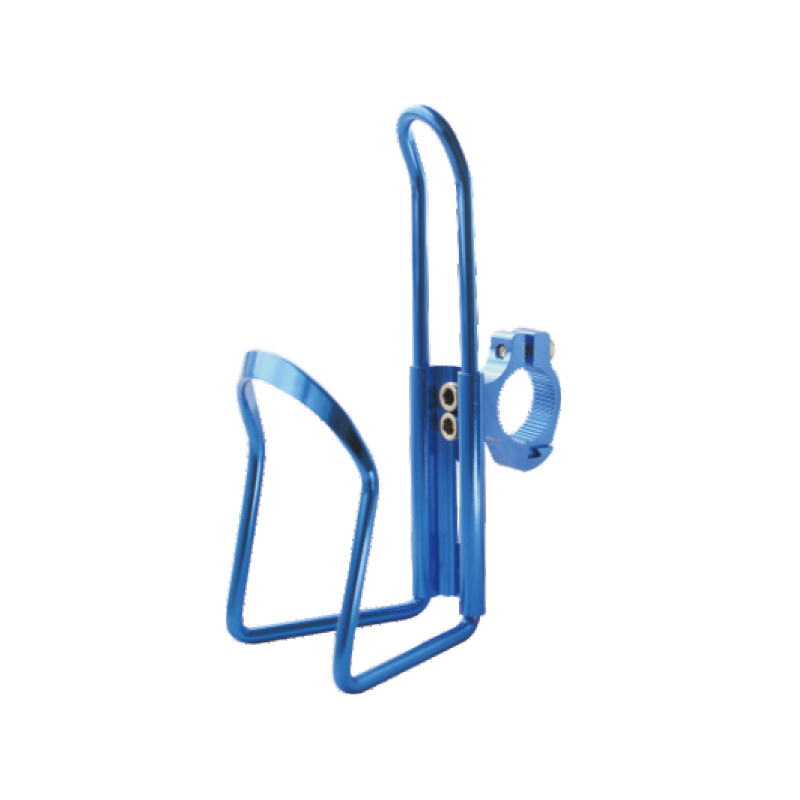Cycling is a wonderful activity that not only provides great exercise but also allows you to enjoy the outdoors and explore new places. Whether you're a seasoned cyclist or a casual rider, one of the key factors that contribute to a comfortable cycling experience is choosing the right bicycle handlebar grips. The grips you select can significantly impact your comfort, control, and overall enjoyment on the bike. In this comprehensive guide, we will explore the various types of bicycle handlebar grips available and provide you with valuable tips to help you choose the perfect grips for your needs.
Understand Your Riding Style:
Before delving into the different types of
bicycle handlebar grips, it's essential to assess your riding style. Are you a mountain biker who enjoys tackling rough terrains and trails? Or perhaps you prefer the smooth roads for long-distance rides? Understanding your riding style will help you determine the level of grip and cushioning you need.
Types of Handlebar Grips:
a. Traditional Grips: Traditional grips are the most common type of handlebar grips, typically made of rubber or silicone. They offer a simple design and are suitable for various riding styles. Traditional grips provide a good balance of comfort, grip, and control. They are an excellent choice for recreational riders and commuters.
b. Ergonomic Grips: Ergonomic grips are designed with an anatomical shape to provide enhanced support and comfort. These grips feature contours that fit the natural shape of your hand, reducing pressure points and fatigue. Ergonomic grips are particularly beneficial for riders who experience hand pain or numbness during long rides.
c. Lock-On Grips: Lock-on grips consist of a rubber or silicone grip that attaches to the handlebars using clamps or rings. They offer easy installation and removal, making them convenient for riders who prefer to customize their grips frequently. Lock-on grips provide a secure fit and excellent shock absorption, making them ideal for mountain bikers and riders who encounter rough terrains.
d. Foam Grips: Foam grips are lightweight and provide excellent shock absorption. They are known for their comfortable feel and ability to dampen vibrations, which is advantageous for riders who frequently ride on bumpy or uneven surfaces. However, foam grips may wear out faster compared to other grip materials.
Consider Grip Thickness:
Grip thickness plays a vital role in providing comfort and control. Thicker grips offer better shock absorption, reduce hand fatigue, and provide a cushioned feel. Thinner grips, on the other hand, offer a more direct connection to the bike, allowing for better control and responsiveness. Experimenting with different thicknesses can help you find the right balance based on your preferences and riding conditions.
Assess Grip Texture:
The texture of the handlebar grips affects the grip's traction and feel. Some grips have a smooth texture, providing a comfortable and slip-free grip. Others feature patterns or raised textures that enhance grip, even in wet or muddy conditions. Consider the weather conditions you typically ride in and choose grips with appropriate textures to ensure a secure hold on the handlebars.
Additional Considerations:
a. Hand Size: Keep in mind that hand size can influence your grip choice. Riders with larger hands may prefer thicker grips, while those with smaller hands might opt for slimmer grips for a better grip diameter.
b. Riding Gloves: If you frequently wear cycling gloves, consider how the grips will feel when used with them. Some grips work well with gloves, while others may feel too bulky or uncomfortable.
c. Maintenance and Durability: Consider the maintenance requirements and durability of the grips. Some materials are more resistant to wear and tear, while others may require more frequent replacement.
d. Personal Preference: Ultimately, the perfect handlebar grips are a matter of personal preference. What works for one rider may not work for another. Take the time to explore different options and find grips that match your specific needs and riding style.
By considering your riding style, grip types, thickness, texture, and personal preferences, you can select handlebar grips that provide maximum comfort and control for your cycling adventures. Remember, comfortable grips will enhance your riding experience, reduce hand fatigue, and allow you to focus on enjoying the ride. So, take the time to find the perfect grips and get ready to pedal away in comfort and style!

Product category Bicycle grips
Texture of material Aluminum alloy
Product tolerance +/-0.1mm
Purpose Provide a position to hold when riding
Processing mode CNC machining
Surface treatment Anodic oxidation/powder coating/painting
Material ALLOY




